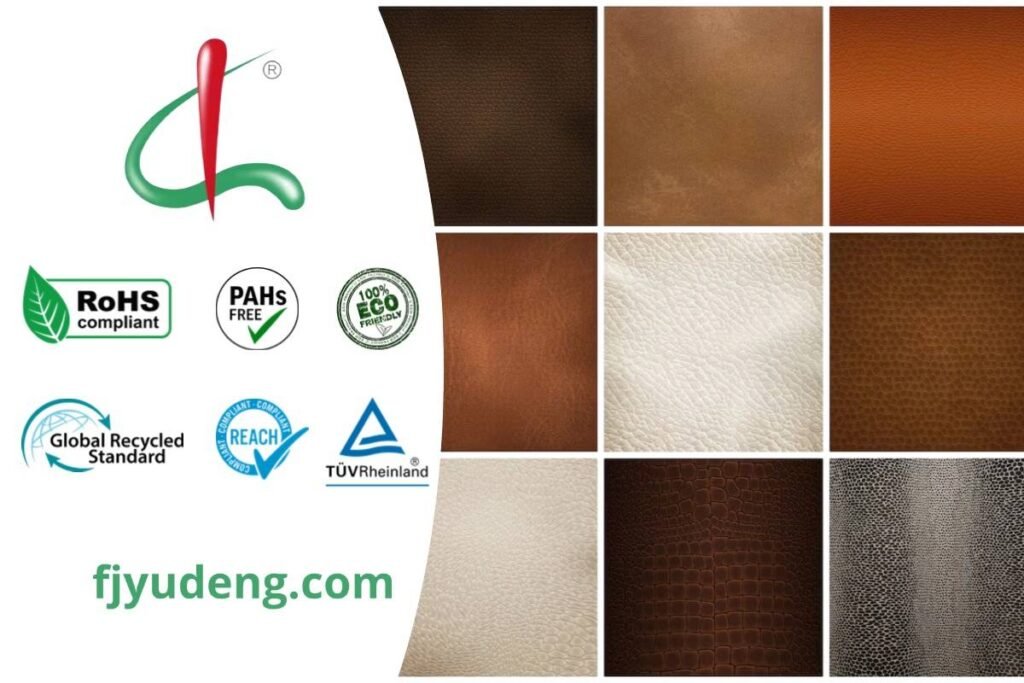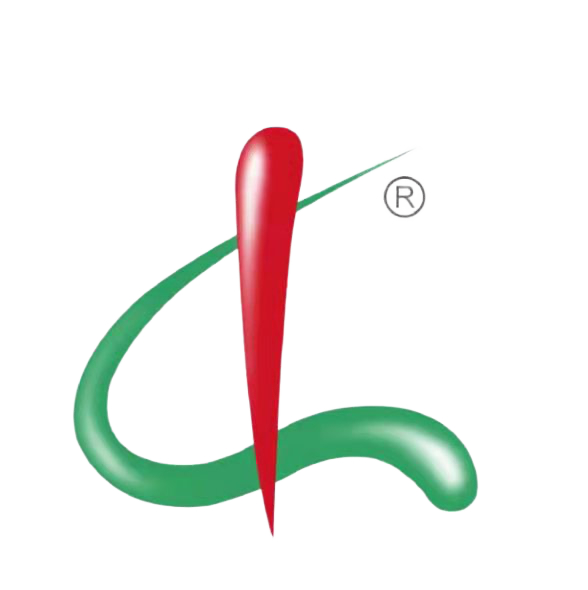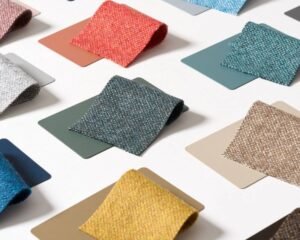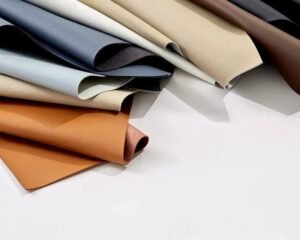In today’s era of continuous innovation in material technology, PU (polyurethane) synthetic leather has been widely used in many industries such as footwear, luggage, furniture, automotive interiors, clothing, etc. It has become an ideal substitute for natural leather with its soft feel, excellent physical properties and relatively low cost. However, in the context of highly competitive market and a wide variety of products, the quality of PU synthetic leather varies. If the purchaser cannot accurately judge the quality of PU synthetic leather, it will not only affect the quality of the end product, but may also cause supply chain cost waste and even cause after-sales complaints.
Judging whether a piece of PU synthetic leather is “high quality” is not just based on visual or price judgment. It involves multiple dimensions such as material structure, processing technology, performance, environmental protection standards, etc. In procurement and application, mastering a set of practical and scientific quality judgment methods can select truly suitable materials. Yudeng PU leather manufacturer will start with the basic structure of PU synthetic leather, deeply analyze the core standards and detection methods of quality judgment, and provide references in combination with the application needs of different industries to help readers have the ability to identify and purchase high-quality PU synthetic leather.
Table of Contents
- PU synthetic leather basics
- Five core standards for judging the quality of PU synthetic leather
- Practical testing methods and tools for high-quality PU synthetic leather
- Different specific requirements for the quality of PU synthetic leather in different industries
- How to choose a high-quality PU synthetic leather manufacturer? (Take Yudeng as an example)
PU synthetic leather basics
Before understanding the quality of PU synthetic leather, we need to understand its structure. PU synthetic leather is generally composed of three parts: base fabric layer, middle foaming layer, and surface coating. The material, thickness, and processing technology of each layer will have a significant impact on the final performance.
Backing Fabric:
The base fabric is the skeleton structure of PU leather. Common materials include knitted fabric, woven fabric, non-woven fabric, polyester, nylon, etc. High-quality base fabrics require uniform weaving, high breaking strength, and strong deformation resistance. Generally speaking, the thicker the base fabric, the better the support of the overall material, especially suitable for furniture, car seats and other fields with high pressure.
Foamed Layer:
PU resin is foamed by physical or chemical methods to form a soft and elastic middle layer. This layer determines the feel and flexibility of PU leather. The pore structure of the high-quality PU foaming layer should be delicate and uniform to avoid excessive foaming and structural fragility.
Top Coating Layer:
This layer gives the PU synthetic leather the final appearance and surface properties, such as color, gloss, wear resistance, water resistance, UV resistance, etc. Its processing includes scraping, transfer, laminating, embossing and other processes. High-quality coatings should be smooth and uniform, without blistering or cracking.
Process technology differences: dry and wet
Dry PU synthetic leather: PU slurry is directly scraped on paper and then compounded with the base fabric. It is suitable for producing products with a stiff texture and delicate surface.
Wet PU synthetic leather: PU slurry is scraped on the base fabric and then enters the coagulation bath for foaming. The structure is more breathable and soft, suitable for high-end shoes and clothing.
Understanding the basic structure and manufacturing process of PU synthetic leather will help to analyze quality differences from the source later.
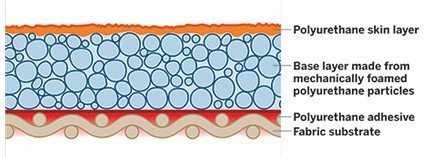
Five core standards for judging the quality of PU synthetic leather
A high-quality PU synthetic leather should perform well in multiple dimensions such as appearance, feel, smell, physical properties and environmental protection. The following are five key standards, each of which cannot be ignored.
Appearance uniformity and color saturation
High-quality PU synthetic leather should show good uniformity and integrity visually.
- The surface color distribution should be natural, without color difference and flaws.
- The gloss should be moderate, avoiding excessive reflection or dullness.
- The embossing or texture should be clearly discernible and the edges should be regular.
- There should be no visible pinholes, bubbles, cracks or scratches.
You can observe it at different angles and light sources to determine whether the material maintains visual consistency in different environments.
Feel and flexibility
High-quality PU synthetic leather should have good feel and elasticity.
- Soft but not loose, full of “flesh”.
- It is not sticky or greasy to touch.
- It rebounds quickly after bending without permanent creases.
Poor-quality PU leather often has a heavy plastic feel, stiff or overly soft feel, and the surface is prone to wrinkling or breaking after long-term use.
Odor and chemical residue
High-quality PU synthetic leather should comply with environmental regulations and standards and should not release harmful volatiles.
- The smell should be mild and not pungent.
- It does not contain phthalates, formaldehyde, heavy metals, decomposable aromatic amine dyes, etc.
- It can be tested by odor or entrusted to a third-party agency to issue REACH, ROHS, SGS and other test reports.
Physical performance indicators
According to different usage scenarios, it should have the following physical properties:
- Abrasion resistance: Martindale test > 10,000 times.
- Tensile resistance: tensile strength > 15MPa, elongation at break > 250%.
- Hydrolysis resistance: It can be maintained for more than 21 days without abnormality under 70°C and 90% humidity conditions.
- Anti-aging: No discoloration after 300 hours of ultraviolet irradiation.
Stability and durability
High-quality PU synthetic leather should have excellent dimensional stability and structural stability during production, transportation and use.
- No deformation at high temperature.
- No hardening in cold environment.
- It can still maintain its original appearance after repeated scrubbing.
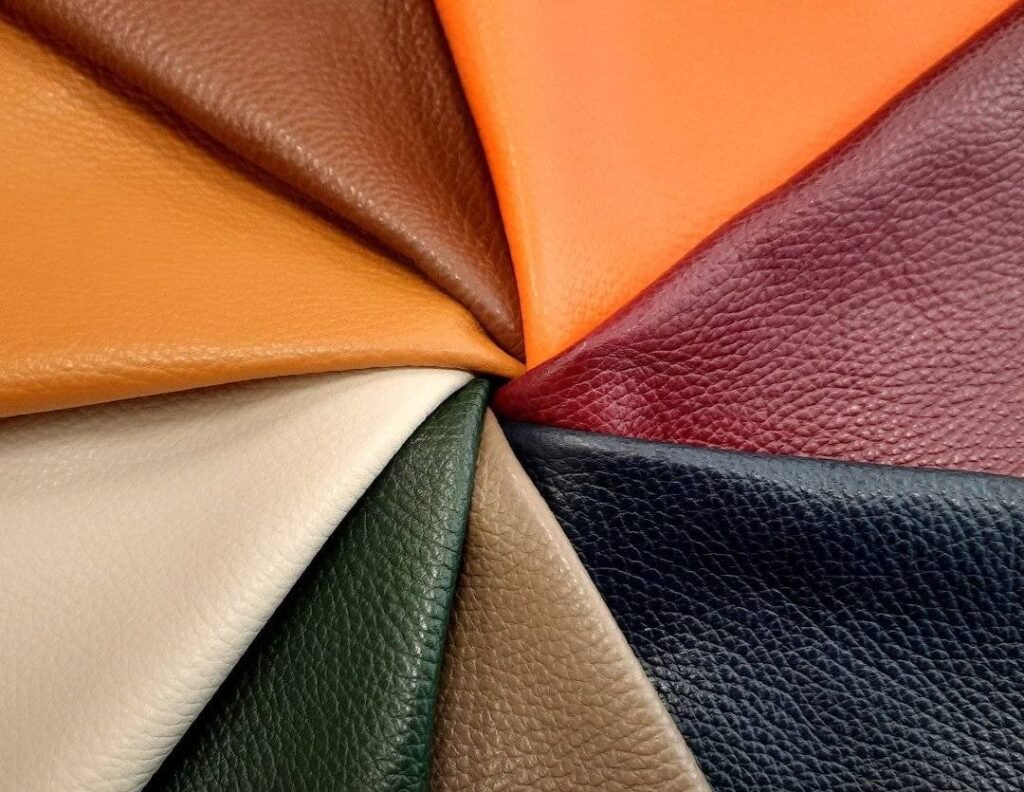
Practical testing methods and tools for high-quality PU synthetic leather
In addition to visual identification, professional testing tools and simple practical methods can be used to more scientifically verify the quality of PU synthetic leather. The following are several practical methods:
Tensile test: Use an electronic tensile tester to test the maximum tensile force and elongation at break of the material.
Bending fatigue test: Use a bending fatigue tester to continuously bend the material to simulate the physical performance after long-term use.
Abrasion test: Martindale instrument checks the degree of wear through repeated friction.
Odor test: Odor comparison in a closed container or analysis of material volatiles with the help of a VOC tester.
Anti-hydrolysis test: Perform aging experiments in a high temperature and high humidity chamber to observe whether yellowing, peeling, etc. occur.
Through these methods, users can preliminarily verify the performance of PU leather even if they do not have a professional technical background, reducing the cost of trial and error.
Different specific requirements for the quality of PU synthetic leather in different industries
Although PU synthetic leather is a universal material, its performance requirements in various industry applications vary greatly.
Footwear industry
- Focus on lightness, folding resistance and breathability.
- The leather surface is required to be able to be bent repeatedly without cracking, and is suitable for long-term walking.
- The wear resistance of the surface is particularly important to avoid rapid wear in outdoor environments.
Luggage industry
- Emphasis on appearance texture, stiffness and pressure resistance.
- It needs to have certain waterproof and mildew-proof treatment.
- High color fastness requirements to avoid friction and discoloration.
Home furniture (sofa leather)
- Emphasis on flame retardancy, skin-friendly, scratch resistance and anti-fouling ability.
- It should not discolor or harden after long-term exposure to air.
- It is often required to comply with FMVSS 302 flame retardant standards and environmental certification.
Automotive interior
- VOC emission must be extremely low to ensure the air quality in the car.
- The surface needs to be sun-proof, UV-resistant, and not easy to age and crack.
- It requires high strength and wear resistance, and has a certain sound insulation effect.
Different needs must use different formulas and structural designs. It is recommended that users communicate in depth with suppliers after clarifying the application scenarios.
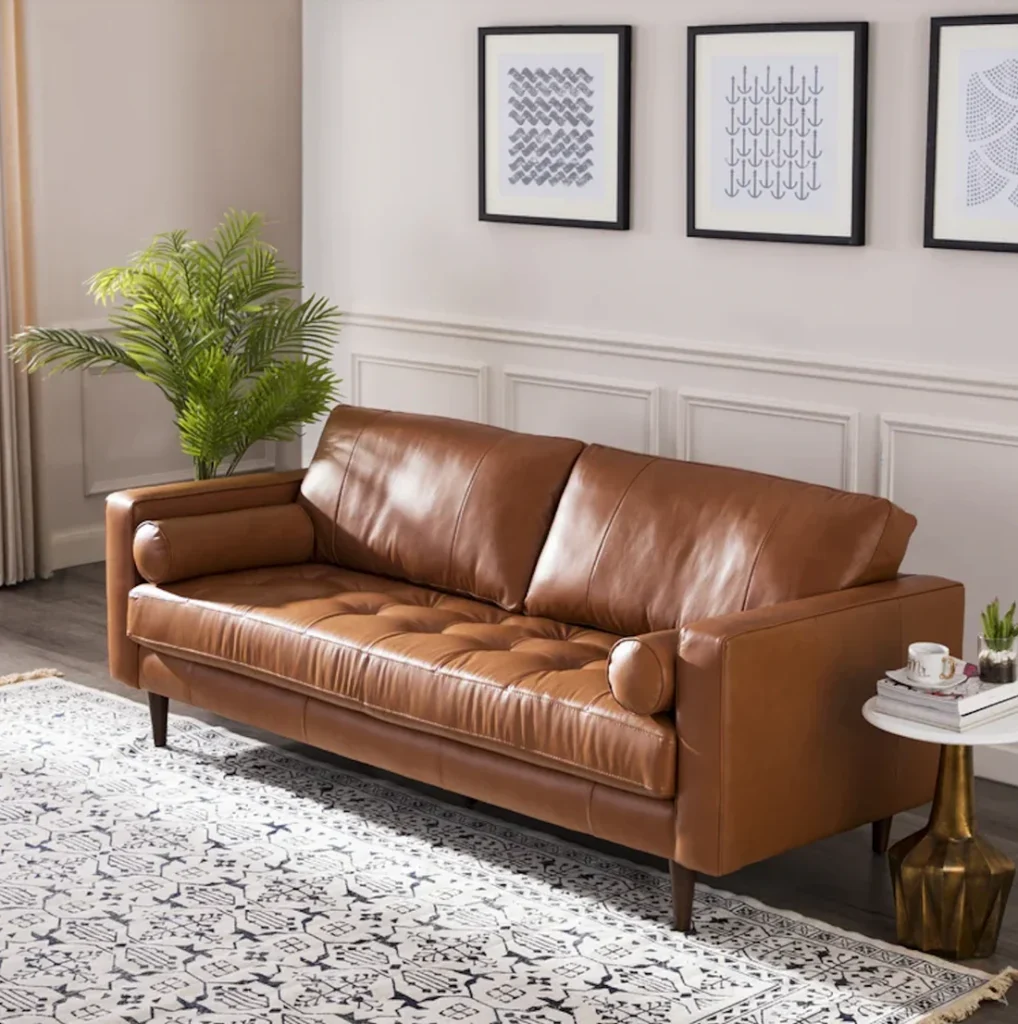
How to choose a high-quality PU synthetic leather manufacturer? (Take Yudeng as an example)
Choosing a professional and reliable PU synthetic leather manufacturer is more important than the product itself. The following are the criteria for judgment:
Factory experience and formulation capabilities
Yudeng has more than 37 years of experience in polyurethane synthetic leather manufacturing and focuses on customized PU leather solutions. Its R&D department has mastered a variety of wet, dry and functional PU leather processes, and can flexibly adjust the formula according to the requirements of different industries.
Quality control capabilities
Yudeng factory has a complete testing laboratory, including tensile machines, bending machines, VOC analyzers and other instruments, which can be tested for all projects before leaving the factory. At the same time, it has obtained ISO 9001 quality system and ISO 14001 environmental protection certification.
Customer customization service
Yudeng provides OEM/ODM services, including texture customization, thickness, color, function (anti-scratch, antibacterial, flame retardant), etc., to meet the differentiated needs of high-end brand customers in performance and appearance.
Successful cooperation cases
Yudeng products have been widely exported to Southeast Asia, Europe, America, the Middle East and other places, and have long-term cooperative customers in the automotive, footwear, electronic packaging and other industries.
Choosing a PU leather manufacturer like Yudeng can not only ensure product stability, but also reduce communication costs in material selection, proofing, delivery and technical services.
| Start Your Order | Correo electrónico: hello@fjyudeng.com | Number: +86 17746077007 |
Judging the quality of PU synthetic leather is no longer an intuitive behavior based on experience, but should be based on system cognition, scientific testing and application scenario matching. From raw material selection, production process, performance testing to industry application, purchasing personnel or R&D engineers should have systematic judgment ability.
In specific operations, preliminary screening should be carried out through appearance, feel, smell, etc., and then verified through physical test data, and finally the best choice should be made in combination with the terminal use environment. Choosing a PU leather manufacturer like Yudeng with a professional technical team and production capacity is the key to ensuring long-term stable supply and product performance.
Mastering these judgment skills will give you a vision for material selection that is at the forefront of the industry, and also lay a solid foundation for product quality and market reputation.
